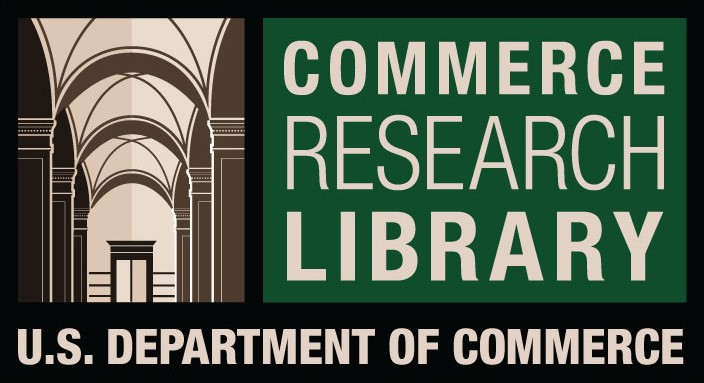Cognitive approach of using Code- Switching for the Monoculture Students with English as a Second Language (ESL)
DOI:
https://doi.org/10.61841/5ccr6a43Keywords:
Cognitive, Pedagogy, Socially backward students, Malayalam, ESL, code switching, extra-sentential code-switching, inter-sentential code-switching, intra-sentential code-switching, India, Indian languageAbstract
This paper concentrates on the effective ways of adapting code-switching in the classroom for socially backward Indian students with minimal exposure to English as Second Language (ESL). Various forms of code-switching are analysed with the objective of understanding the most effective provision of transferring knowledge to these students. In this effort the role of the teachers and the student-centric cognitive approaches are analysed with in-depth understanding.In a way this paper illustrate the ways of using code-switching in a monocultural learning and teaching environment, so that the students can gain maximum subject oriented concepts.
Downloads
Published
Issue
Section
License

This work is licensed under a Creative Commons Attribution 4.0 International License.
You are free to:
- Share — copy and redistribute the material in any medium or format for any purpose, even commercially.
- Adapt — remix, transform, and build upon the material for any purpose, even commercially.
- The licensor cannot revoke these freedoms as long as you follow the license terms.
Under the following terms:
- Attribution — You must give appropriate credit , provide a link to the license, and indicate if changes were made . You may do so in any reasonable manner, but not in any way that suggests the licensor endorses you or your use.
- No additional restrictions — You may not apply legal terms or technological measures that legally restrict others from doing anything the license permits.
Notices:
You do not have to comply with the license for elements of the material in the public domain or where your use is permitted by an applicable exception or limitation .
No warranties are given. The license may not give you all of the permissions necessary for your intended use. For example, other rights such as publicity, privacy, or moral rights may limit how you use the material.









